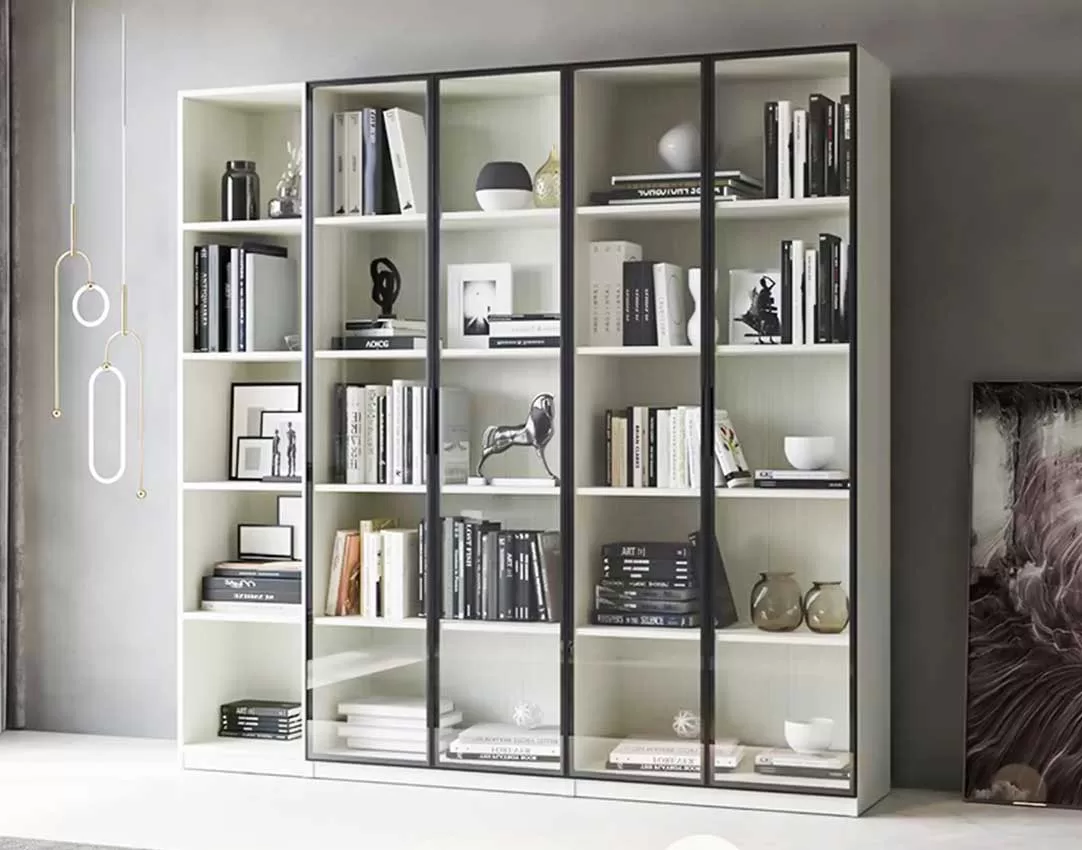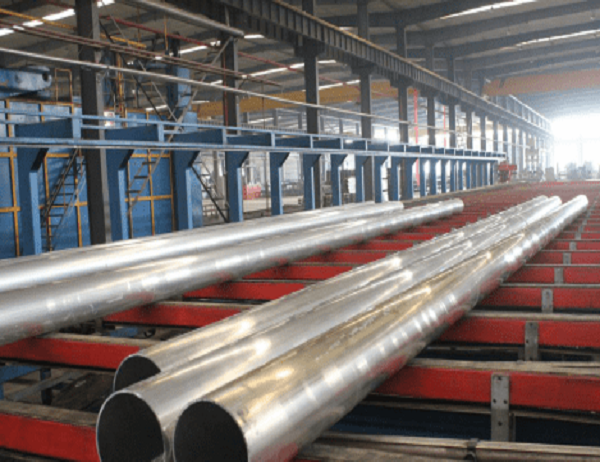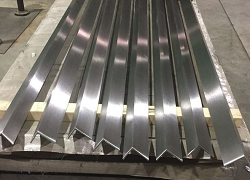Aluminum wardrobe profiles, indispensable components of modern closets, have undergone a series of transformative innovations, revolutionizing the wardrobe industry. This article explores the groundbreaking advancements that have shaped the manufacturing of aluminum wardrobe profiles, paving the way for enhanced functionality, durability, and aesthetics.
Advanced Extrusion Techniques
Traditionally, aluminum wardrobe profiles were extruded using conventional methods that often resulted in imperfections and inconsistencies. However, innovative extrusion techniques such as multi-stage extrusion and precision extrusion have emerged, enabling the production of profiles with superior dimensional accuracy, surface finish, and strength.
Multi-stage extrusion involves multiple extrusion steps, each tailored to specific profile requirements. This approach ensures a gradual and controlled deformation of the aluminum, reducing residual stresses and improving the overall profile quality. Precision extrusion utilizes advanced tooling and temperature control systems to achieve precise dimensional tolerances and consistent material distribution.
Anodizing and Finishing Technologies
Anodization, an electrochemical process, plays a vital role in enhancing the surface properties of aluminum wardrobe profiles. Modern anodization techniques, such as hard anodizing and decorative anodizing, have expanded the possibilities for corrosion resistance, wear resistance, and aesthetic appeal.
Hard anodizing creates a thick, durable oxide layer on the profile surface, increasing its abrasion and scratch resistance. Decorative anodizing, on the other hand, utilizes colored dyes to impart a wide range of hues and finishes, including metallic, brushed, and woodgrain effects.
Lightweight and Durable Materials
The quest for lightweight and durable wardrobe profiles has led to the development of innovative aluminum alloys. These alloys, often featuring high-strength elements such as magnesium and silicon, offer exceptional strength-to-weight ratios without compromising durability.
The use of lightweight alloys reduces the overall weight of the wardrobe structure, facilitating easy handling and installation. Moreover, their superior strength allows for thinner profiles without sacrificing load-bearing capacity, creating a more visually pleasing and spacious interior.
Eco-Friendly and Sustainable Practices
The environmental impact of wardrobe profile manufacturing has become a growing concern. Innovations in this area have focused on reducing waste and minimizing the use of environmentally harmful chemicals.
Closed-loop recycling systems have been implemented to recover scrap aluminum from the manufacturing process, reducing the demand for raw materials and mitigating waste generation. Additionally, water-based coating technologies have replaced solvent-based systems, minimizing the release of volatile organic compounds (VOCs) into the atmosphere.



